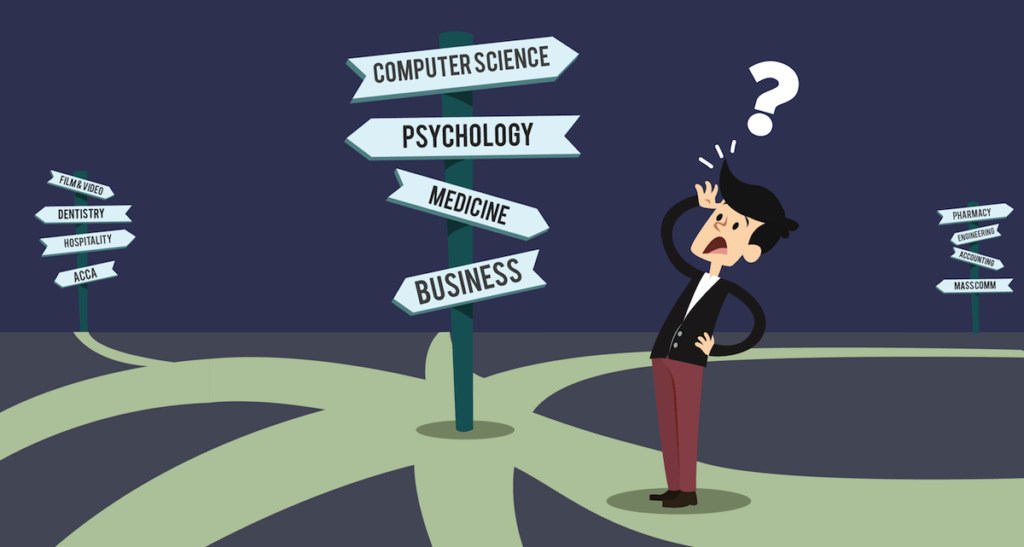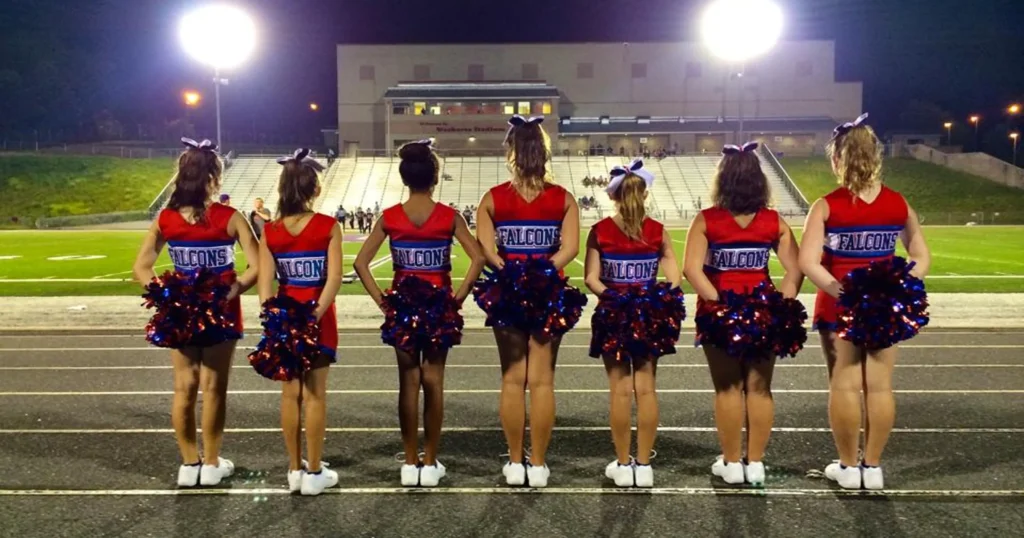Choosing right fit for your Child
The Public vs. Private School Showdown: Choosing the Right Fit for Your Child
Every parent wants the absolute best education for their child. But when it comes to choosing a school, the public vs. private debate can leave you feeling overwhelmed. Both options offer distinct advantages and disadvantages, and the “best” choice ultimately depends on your individual needs and priorities. This blog will delve into the heart of this debate, exploring the pros and cons of public and private schools while offering guidance on navigating this crucial decision.
Cost: A Public Advantage
Let’s face it, education can be expensive. Public schools, funded by local taxes, are generally free to attend. This removes a significant financial barrier for many families. Private schools, on the other hand, charge tuition fees that can range dramatically depending on the school’s prestige, location, and offerings. Scholarships and financial aid programs may be available at some private institutions, but these are not guaranteed.
Curriculum: Exploring Options
Public schools typically follow standardized curriculums set by the state or district. This ensures a baseline level of education for all students. However, this standardized approach may limit options for advanced or specialized learning.
Private schools, with greater autonomy, often have more flexibility in their curriculum design. They may offer unique programs, specialize in a particular subject area (e.g., STEM, arts), or integrate religious instruction. Some private schools also offer International Baccalaureate (IB) or Advanced Placement (AP) programs, which can provide a more rigorous academic experience.
Class Size: A Matter of Attention
Public schools often have larger class sizes, which can limit individual attention from teachers. While some students thrive in a more collaborative environment, others may benefit from the personalized attention that smaller classes offer. Private schools typically boast smaller class sizes, allowing for more individualized instruction and a stronger teacher-student relationship. This can be particularly beneficial for students who require additional support or who are gifted and need more academic challenge.
Extracurricular Activities: Finding Your Niche
Public schools generally offer a wide range of extracurricular activities, including sports teams, clubs, and student government. Participation in these activities can help students develop social skills, teamwork, and leadership qualities. However, due to budget constraints, some public schools may have limited resources for extracurricular programs.
Private schools often dedicate significant resources to extracurricular activities. They may boast well-equipped facilities, specialized coaches, and a wider variety of clubs and programs catering to specific interests. However, these programs may have higher costs associated with participation.

Making the Choice: Weighing Your Priorities
Now that you have a better understanding of the key differences between public and private schools, it’s time to consider what matters most to you and your child. Here are some questions to guide your decision-making:
- Budget: Can you comfortably afford the tuition fees associated with private school?
- Academics: Does your child require a specialized curriculum or a more rigorous academic environment?
- Learning Style: Does your child thrive in a larger, collaborative setting or a smaller, individualized class environment?
- Extracurricular Interests: Does your child have specific interests that could be nurtured through particular extracurricular programs?
- School Environment: Do you prefer a more diverse, community-based environment (public) or a smaller, close-knit school community (private)?
Insights from the Field: Interviews with Parents and Educators
To gain a more personal perspective, let’s hear from parents and educators on both sides of the aisle:
Sarah Jones, Public School Parent:
“Public school provided a great foundation for my children. They had a diverse group of classmates and participated in a vibrant band program. While class sizes were large, my kids received additional support from dedicated teachers and after-school programs.”
Michael Lee, Private School Parent:
“We chose a private school for the smaller class sizes and strong emphasis on STEM education. Our son thrives in a personalized learning environment and benefits from the specialized robotics program offered by the school.”
Mrs. Rodriguez, Public School Teacher:
“Public schools face challenges, but we are passionate educators who strive to provide the best education possible for all students. We offer a variety of programs to cater to different learning styles and believe in fostering a strong sense of community.”
Dr. Williams, Private School Principal:
“Private Dr. Williams, Private School Principal:have the flexibility to create a unique learning environment. We offer a rigorous curriculum and personalized instruction, preparing our students for college success. However, we recognize that private education isn’t for everyone.”
The Takeaway: There’s No One-Size-Fits-All Answer
The public vs. private school debate is not a competition. Ultimately, the best school is the one that best meets the individual needs and aspirations of your child. Consider all the factors discussed in this blog, seek out information on specific schools in your area, and don’t hesitate to schedule school visits.

Beyond the Basics: Additional Considerations
- School Location & Commute: Consider the distance to school and how it will affect your child’s schedule and your family’s logistics.
- Special Needs Support: Investigate the resources and programs available for students with learning disabilities or other special needs in both public and private schools.
- Religious Affiliation: If religious education is important to you, explore private schools with a specific religious affiliation or public schools with strong faith-based clubs or organizations.
- Parental Involvement: Public schools often rely heavily on parental involvement for fundraising, volunteering, and classroom support. Assess your availability and willingness to be actively involved.
- Social & Emotional Learning: Explore the emphasis both types of schools place on social-emotional learning, which helps students develop skills like self-awareness, relationship management, and responsible decision-making.
- Future Goals: Consider your child’s long-term aspirations. Do certain schools have a strong college preparatory track record or specialize in specific career pathways?
Moving from Research to Decision
- Talk to Your Child: Get your child’s perspective! Discuss their learning preferences, interests, and any anxieties they may have about starting a new school.
- Connect with Other Parents: Seek advice from parents whose children attend schools you’re considering.
- Standardized Testing: While standardized tests shouldn’t be the sole factor, consider how a school’s performance on these assessments aligns with your expectations.
- Don’t Be Afraid to Change Course: Remember, this is a decision you can revisit. If your child isn’t thriving in their current environment, explore alternative options.
Conclusion: Investing in Your Child’s Future
Choosing a school is a significant decision. By carefully considering your priorities, researching available options, and involving your child in the process, you can confidently choose the environment that will best nurture your child’s intellectual, social, and emotional growth. Remember, both public and private schools have the potential to be excellent learning institutions. The key is to find the right fit for your child and your family.
Bonus: Resources for Further Exploration
- National Center for Education Statistics: https://ies.ed.gov/
- GreatSchools: https://www.greatschools.org/
- Private School Review: https://www.privateschoolreview.com/pen_spark